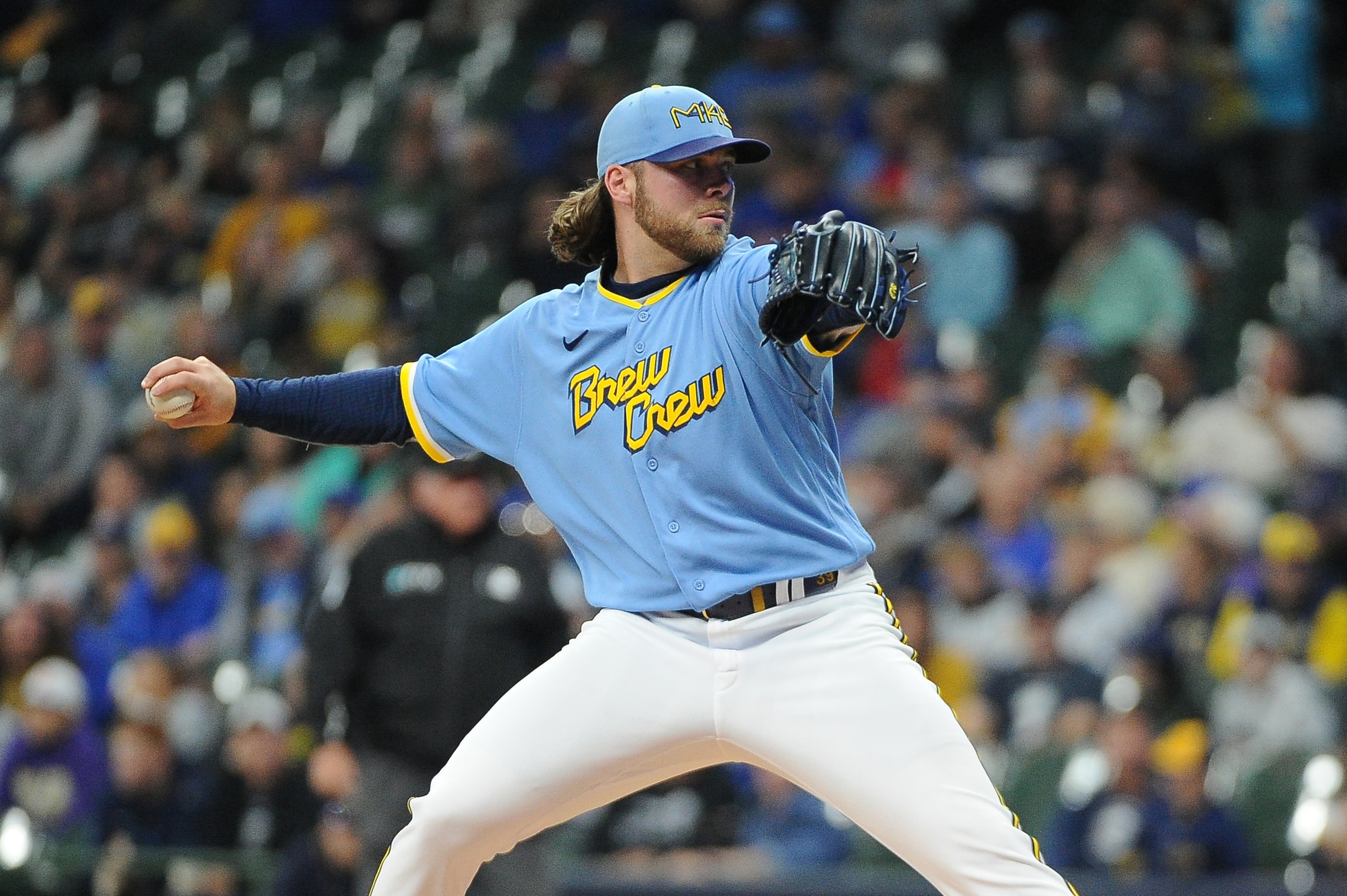pFIP: Pitch Height, Launch Angle, and the FIP Framework
A summarized version of this post was originally presented as part of PitcherList’s PitchCon online baseball conference for charity to support the ALS Association.
Pitch location, especially pitch height, enables pitchers to augment hitters’ launch angles. This is hugely important for pitchers given that hitters exert outsized influence on exit velocities (EVs), while pitchers exert little influence on EV. As such, EV is more predictive of hitter success than launch angles are. Yet EV remains at the mercy of its launch angle counterpart; a 115-mph blast isn’t half as valuable on the ground as it is in the air. A pitcher can improve his chances of inducing those suboptimal launch angles by weaponizing optimal pitch locations.
There’s a corollary to this for pitchers: capital-S ‘Stuff’ is more predictive of pitcher success, yet it’s pitch location that primarily dictates the outcome of a pitch or plate appearance. Max Bay, now of the Astros’ R&D department, once said Stuff makes a pitcher “resilient” to bad locations–it allows more room for mistakes. But mistakes are still made, and for the majority of pitchers, they are made (or avoided) largely through pitch location.
How sensitive, then, is launch angle to pitch height? If we raise or lower a pitch by an inch or a foot, how much can we expect the resultant launch angle to change? How much can we expect rates of ground balls (GB%), line drives (LD%), fly balls (FB%), and pop-ups (PU%) to change? Read the rest of this entry »


